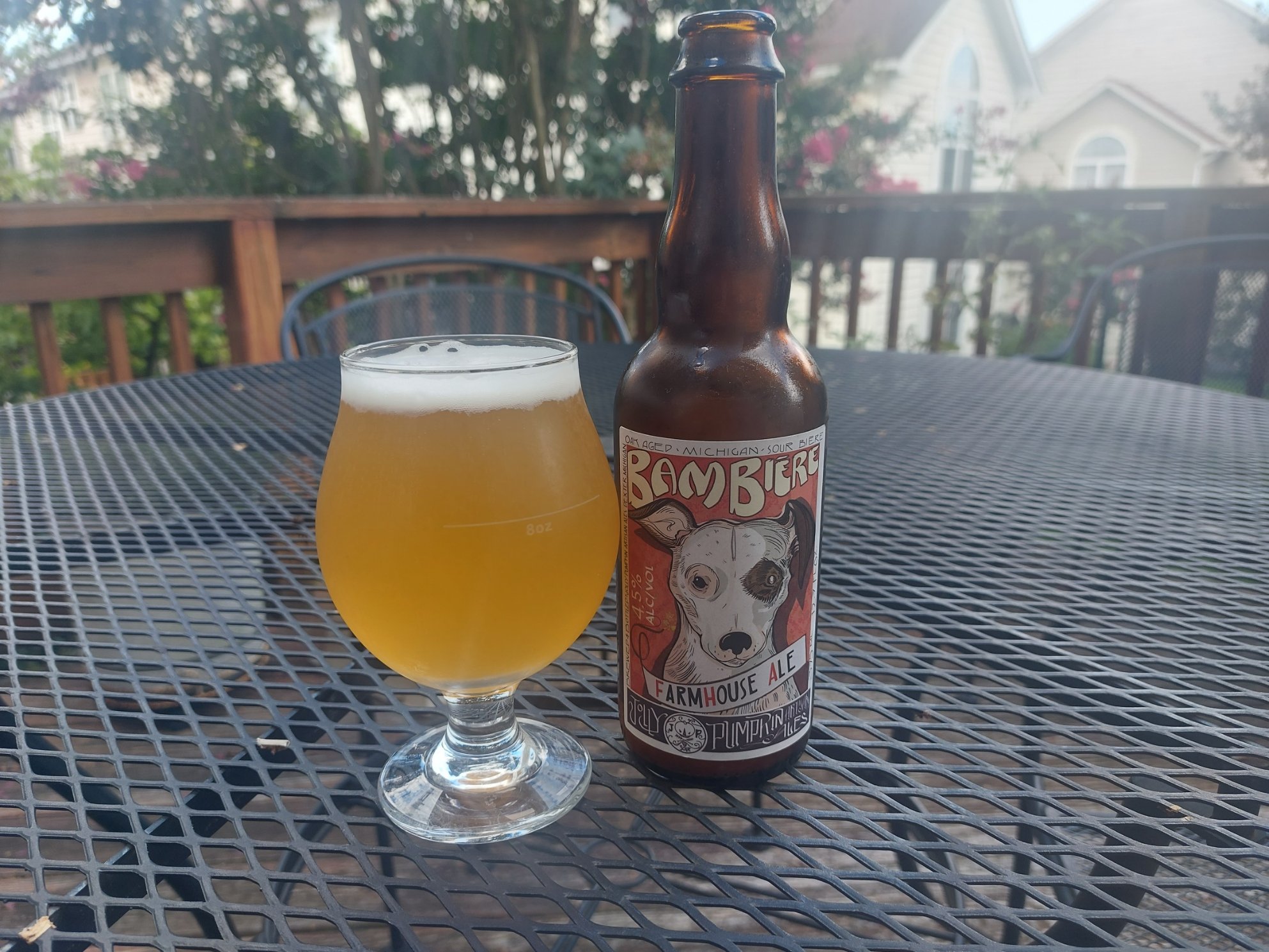I've witnessed similar head retention in Czech pilsner in Czech Republic.
I just read Scott Janish's hot ipa book and one paragraph about head retention from malt sparked my interest and might be of relevance here.
He basically said that a certain level of undermodification enhances a certain range of proteins which enhance head retention. This is why chit malt works the way it does.
Maybe the breweries have their pilsner malt made according to their specific specification which might include a certain level of undermodification. This would make a really good head retention possible while staying with pilsner malt.
It's sort of a dick move to just blame it on the maltster, but more and more I've come to be convinced that there is significant variation between base malts from different maltsters, that these differences are an integral part of what distinguishes one beer from the other and there are certain things that just can't be done if you only have access to, say, Weyermann. The malt character you find in a Franconian Kellerbier is so fundamentally different from that in a Munich Helles that I don't see how they could be made from the same malt.
As Jeff Alworth aptly points out in "The secrets of master brewers", not many of the iconic breweries in Germany appear to be using Weyermann. Most source their ingredients from smaller maltsters, sometimes even several.
Undermodification plays an important role as well, as attested by various brewers. I don't know what malt Dupont uses, but I'm fairly certain that a "modern", fully modified malt would be obliterated in a mash as intense as theirs (iirc they start at something like 45 Celsius and then slowly ramp up to 72 Celsius over a period of two hours or something like that).
I recently found a small maltster nearby where I live that makes (only) pilsner malt from locally grown barley. According to their website, Augustiner and Ayinger are among their customers. Unfortunately, I couldn't obtain a malt spec, but flavour wise, this is very different from the pilsner made by Bestmalz or Weyermann, much more rustic, more intense.
I think the latter two are perfect if you're trying to make a very (c)lean, elegant and refined German pilsner or even international lager, with a subtle malt note. But for something more rustic like a saison or Kellerbier, they don't offer the right depth of flavour.
Of course, all of this is entirely guesswork and my own personal impression. I have no real insight into the commercial brewing or malting business, I'm just an average homebrewer and beer lover. Even with the right ingredients, I couldn't coax out the flavour, much less preserve it throughout the entire process, which certainly also has to do with my inability to keep out oxygen. So in no way am I saying I was a great brewer and Weyermann was to blame why my beers came out lacking - you can certainly make much better beers than I do from those.
I just don't think brewing process alone accounts for the dramatic differences between different beers which are all made from "pilsner malt".
























































![Craft A Brew - Safale BE-256 Yeast - Fermentis - Belgian Ale Dry Yeast - For Belgian & Strong Ales - Ingredients for Home Brewing - Beer Making Supplies - [3 Pack]](https://m.media-amazon.com/images/I/51bcKEwQmWL._SL500_.jpg)

